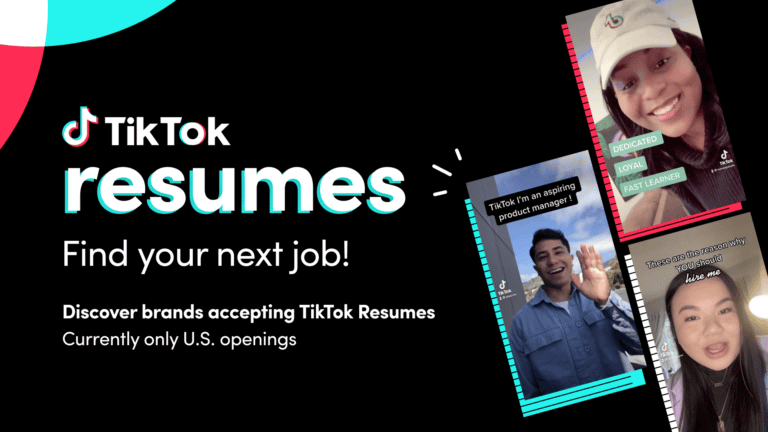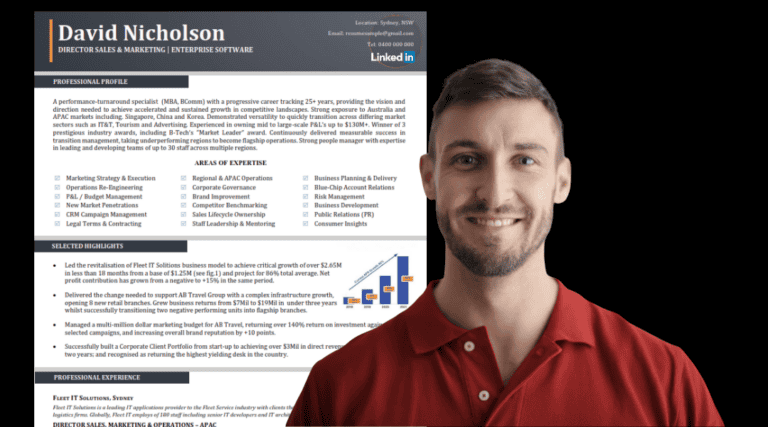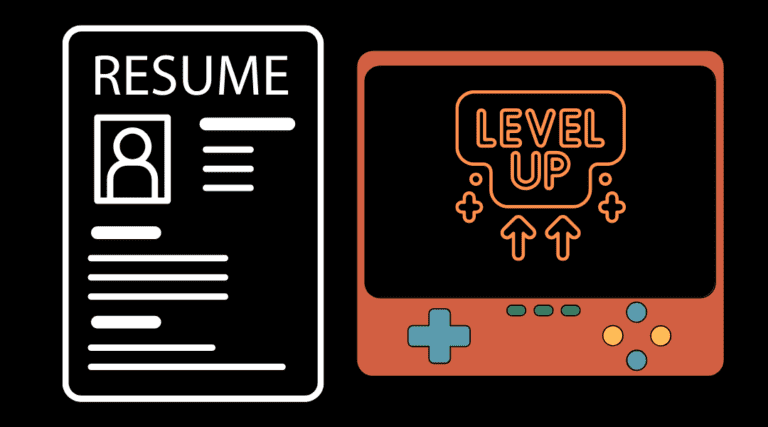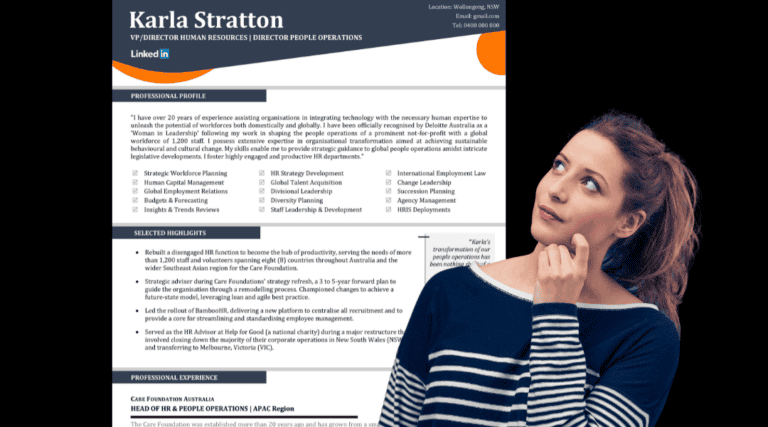Quarter three is traditionally a robust period for the recruitment market, as companies finalize their end-of-year budgets and employees seek opportunities to capitalise on upward employment trends. This quarter, in particular, presents an ideal time for job seekers to reassess their career needs and ambitions while benefiting from a thriving market. In this blog post, we will delve into the current trends observed in the recruitment industry and provide insights into the evolving landscape.
Growth in Salaries Slowing Down
One noticeable trend in the job market is the growth of salaries, although the pace of growth has slowed down recently. In 2022, salaries experienced significant growth, surpassing normal benchmark rates. However, applicants are now displaying greater flexibility regarding pay to secure the right role. As more candidates enter the market, we expect the trend to move towards industry alignment, rather than over-compensation. This shift signifies a more balanced approach to salary negotiations, benefiting both job seekers and employers.
Number of Job Vacancy Applications Now Rising
Another trend worth noting is the substantial increase in the number of applications per vacancy. Previously, Australia had an employee-centric market with only a handful of applications per role. However, the landscape has dramatically changed, with a remarkable 300% rise in application volumes (not including the hidden job market). On average, job postings now receive between 100 to 200 applicants. This surge in competition highlights the need for job seekers to differentiate themselves and tailor their applications to stand out from the crowd.
Strategies to Increase Job Search Effectiveness
To effectively stand out in a competitive job market, job seekers should focus on showcasing their unique skills and experiences that align with the job requirements. Crafting a tailored resume and cover letter that highlight relevant achievements and demonstrate a strong understanding of the company and its industry can significantly increase the chances of securing an interview. Additionally, leveraging professional networks, attending industry events, and engaging with online communities can help job seekers establish valuable connections and access hidden job opportunities.
Work from Home vs Work from Office
While remote work (work from home) has become firmly established due to the COVID-19 pandemic, employers are increasingly emphasizing the return of employees to the office. Many organizations are encouraging their workforce to return on a full-time basis or at least 2-3 days per week. This trend is particularly noticeable in large corporations like the Commonwealth Bank of Australia (CBA), which has collaborated with its HR teams to devise strategies to entice existing employees back to the office. Balancing the benefits of remote work with the value of in-person collaboration and engagement is a key consideration for both employers and employees.
Recruiters now focusing on Soft Skills
In the hiring process, there is a growing focus on soft skills. According to a survey by LinkedIn, 92% of HR professionals and hiring managers prioritize soft skills over hard skills. Soft skills such as communication, problem-solving, and teamwork are highly valued in today’s workplace. As a result, job seekers can expect more rigorous interview practices, including the dreaded behavioral-based interview process. It is crucial for candidates to showcase their soft skills effectively and provide concrete examples of how they have applied them in their previous roles.
Behavioural-based interviews back in favour
Preparing for behavioural-based interviews involves understanding the core competencies sought by employers and anticipating questions that probe into past experiences. Job seekers should reflect on their previous accomplishments, challenges, and growth opportunities and identify instances where their soft skills were instrumental in achieving success. By using the STAR method (Situation, Task, Action, Result) in a professional resume, candidates can provide structured and concise responses that highlight their ability to navigate complex situations and contribute positively to a team or organisation.
Time to consider moving?
For individuals considering a job move, the period from July to September 2023 presents a prime opportunity. With a thriving job market, job seekers can reassess their career needs and ambitions. It is essential to conduct thorough research on the current job market trends, industry demands, and skill requirements to align oneself with the right opportunities. This period allows candidates to leverage the upward employment trends and make informed decisions about their career paths.
Consider investing in professional development courses
Job seekers should evaluate their current skill set and identify any gaps or areas for improvement. Investing in professional development through online courses, workshops, or certifications can enhance their marketability and increase the chances of securing desired roles. Additionally, networking with professionals in the industry, attending career fairs, and seeking mentorship can provide valuable guidance and open doors to new opportunities.
In conclusion
The recruitment landscape is continuously evolving, and it is crucial for job seekers to stay updated on the latest trends. The current trends indicate a shift towards industry-aligned salaries, increased competition for job vacancies, a focus on returning to the office, and a greater emphasis on soft skills in the hiring process.
By understanding these trends and adapting their approach accordingly, job seekers can navigate the job market successfully and find the right opportunities to advance their careers. Staying proactive, continuously improving skills, and effectively showcasing unique qualities will be key in capitalizing on the opportunities presented in the thriving market of Q3 2023.
Need help with your CV? Contact itouch master resume writers.
